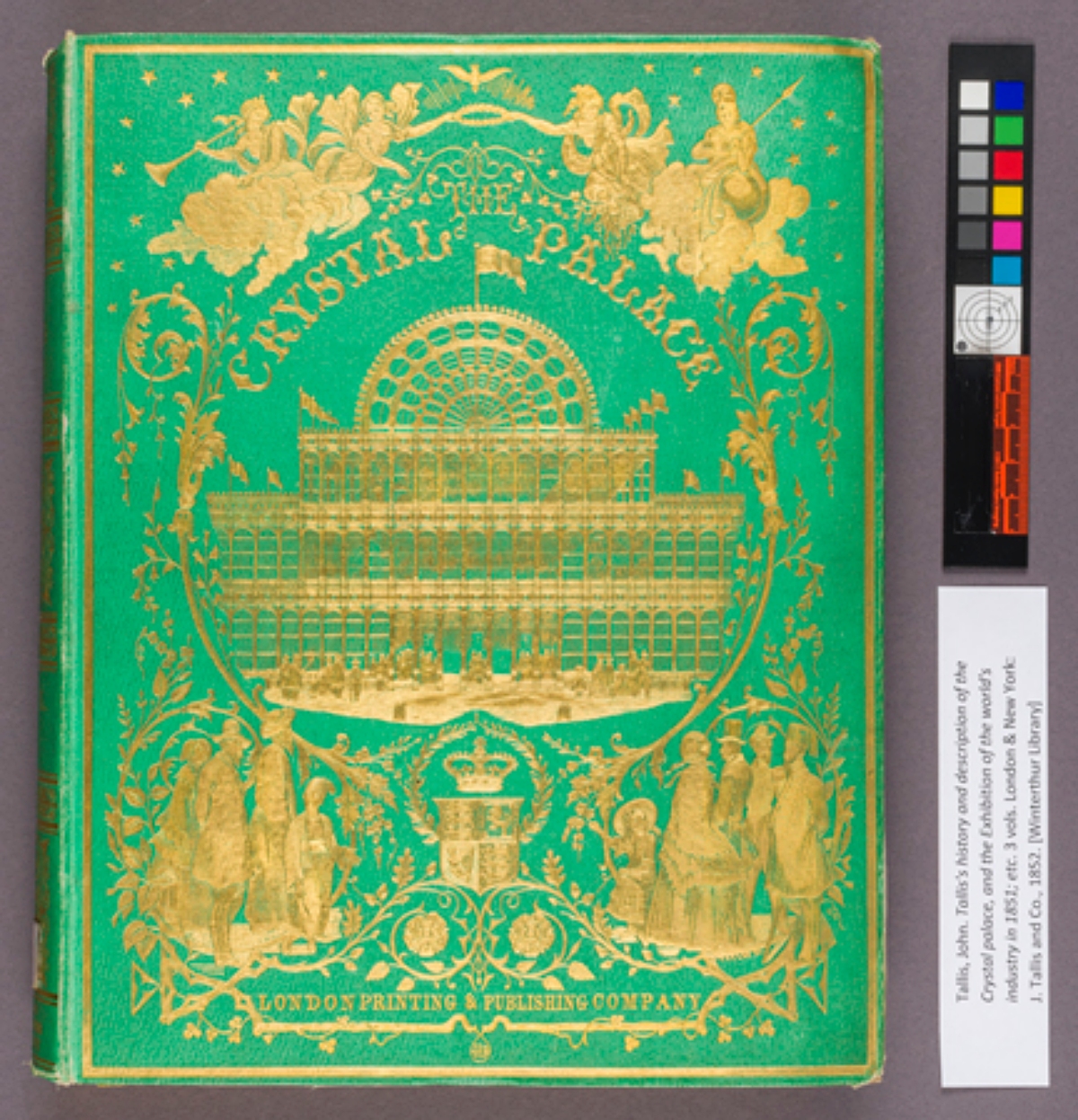Buyer Beware: Old Books Can Contain Deadly Arsenic
Pretty to look at, dangerous to handle.
They say that green is the color humans are most sensitive to, owing to our long history of having to tell different green plants apart for survival. Perhaps it is for this reason that dyeing things green using natural dyes has often been somewhat of a let down. Many of these natural dyes are what is known as “fugitive”- meaning they fade, change, or simply disappear over time. In the 1800s when a process for making brilliant green pigments and dyes came along, people were all too eager to jump on the chance to have belongings of vibrant green in their possession. Everything from wallpapers to clothing to paint to books was tinted using this new process. Sadly, the method in question relied on copper acetoarsenite, a pigment made from deadly arsenic. Now, a passionate conservator has made it a mission to test old books for arsenic and to educate the public on the dangers of these beautiful volumes.

The quest began in 2019 when book conservator, Dr. Melissa Tedone, was asked by the Winterthur Museum Garden and Library to remove a waxy substance from the intensely-green cover of the 1857 book, Rustic Adornments for Homes of Taste. The cover is bright green with embossed gold accents and in attempting to clean it Tedone found that no matter how gentle the pressure, tiny flakes of the cover color kept flaking off. It was then that she wondered if the book had been colored with a strong pigment, not a dye, that might explain its poor adhesion to the book board underneath.
From there Tedone decided to find out if the green pigment could actually be arsenic-based. After having it tested it was indeed arsenic green (or what is also commonly called emerald green). From there Tedone contemplated how many other books in the Winterthur collection could have arsenic green covers. Of the hundreds in the collection 9 of the tested volumes were positive for arsenic. This prompted Tedone to test more books from other sources.

Along with Dr. Rosie Greyburn, who did the chemical testing, they found many books in The Library Company of Philadelphia’s collection that tested positive for arsenic. These volumes are now kept separate from the rest of the books. The pair also tested a $15 vintage book from a local bookshop and it, too, contained arsenic on the cover.
There are no FDA guidelines on the amount of arsenic that is deemed acceptable to handle, eat, or inhale. But, fragile antique and vintage books provide possible contamination since they are handled sometimes with bare hands, which if not washed properly can lead to arsenic ingestion. But, even just skin contact can cause a variety of health problems.

There’s also the matter of inhalation since the flaking pigments can leave particles of arsenic on surfaces and in the air. The best current safety practice, if these books must be handled, is to wear nitrile gloves and then wash your hands right after removing the gloves. Known arsenic books are to be handled on hard surfaces that can be washed down to avoid accidental contamination. And, the use of an air-removing ventilation system is ideal, too. While the covers hold the most threat to those who handle these books, arsenic compounds were sometimes also used inside books to create vivid, color illustration plates.
There are many books out there that contain this dangerous pigment, unknown to those who handle them. It was once thought that the arsenic green book covers were somewhat rare, but these new findings show that from the most pristine libraries to the local used book store- these volumes are numerous, if not always known.

These pigments were used from the late 1700s into the end of the Victorian era, just before 1900. They were extremely popular in England, Europe, and in the US since this color was very resistant to fading. This is why many examples of arsenic green are still so vibrant today. Despite their popularity little is known about the production process. Studying sources from the time on bookbinding can be difficult since the colors and techniques were closely-guarded industry secrets, adding a layer of complexity to the current scholarship of these poisonous books.
Tedone is working on devising a better, more comprehensive handling protocol for these tomes. And, some institutions have begun to keep known arsenic books in plastic bags to avoid particulate contamination. While these are helpful, there is the problem of identifying these books, as there are many more out there, including many in private collections without access to scholarly methods.

Tedone has created the Poison Book Project to help educate people on the dangers and has also devised a color-chart bookmark to help people to identify if their books might contain arsenic, as the colors achieved by this chemical were very particular.
SKM: below-content placeholderWhizzco for DOT

